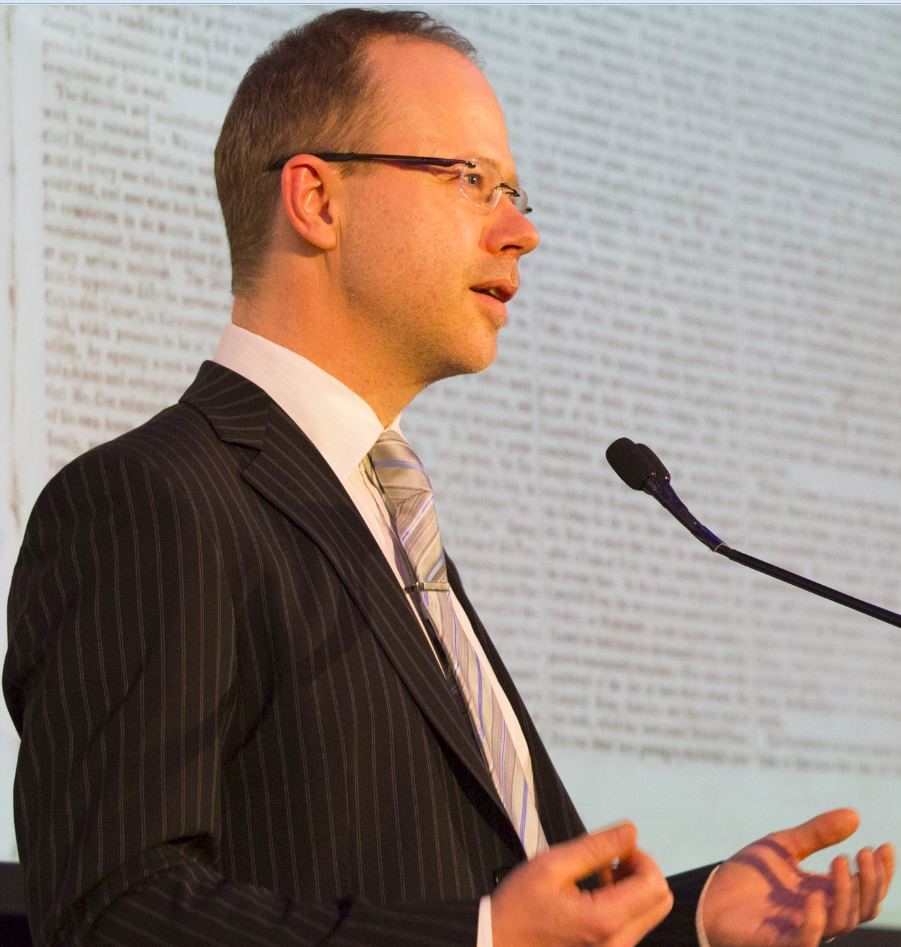War memorials are the most familiar and visible means of acknowledging and respecting the trauma of large scale, violent conflict. In practically every town in Australia, however small, monuments to war are found. These are haunting, poignant reminders of the brutality of war and the fragility of life. And yet, their reassuring solidity and prominence shields us from the reality of lost lives and suffering by casting war in terms of abstract and stylised notions of heroism, loyalty, sacrifice and glory. While it is usual for the names of the dead to be listed on these monuments, their individual suffering is blended, ritualised and distanced in a symbolic and generalised tribute. It is not surprising then that there has always been an awkward fit between the public statements made by these monuments and the personal stories told by individuals who returned. Personal accounts demonstrate such diversity in people’s responses to the atrocities of large scale conflict that it easy to see why they can destabilise collective national representations. They also serve to demonstrate that these two ways of remembering the trauma of war—the collective and the individual—have traditionally been poles apart and often contradictory. Gilmore reflects on this by asking, “How can the experience of a survivor of trauma stand for many? How can one tell the truth, the whole truth, and nothing but the truth, when facts, truth, and memory combine in the representation of trauma to undermine rather than strengthen representativeness?” (emphasis added).[1]
At least part of the answer lies in the difference of purpose and genre of each mode of remembering: in this case, one is a national narrative with the primary aim of mythologising and nation building by generating and consolidating a unified public vision of events and people, while the other is the fragmentary, individualised and messy mode of autobiography. One is big, solid and clear; the other is small scale, unstable and unpredictable. One, like a national anthem, has the ability to trigger an instant common response; the other can delve into the unique specificity of a single life, a single moment; it can shock and startle; it can challenge and shatter the unity of our world view and it can unleash the full range of emotions, through memory.
[extract]
Arthur, Paul Longley. “Pixelated Memory: New Media Responses to Trauma and Crisis,” in “Trauma,” ed. Josko Petkovic, Mick Broderick and Jenny De Reuck, special issue, IM Interactive Media 4 (2008): 1–19.
[1] Leigh Gilmore, The Limits of Autobiography: Trauma and Testimony, Ithaca: Cornell University Press, 2001, p. 19.






